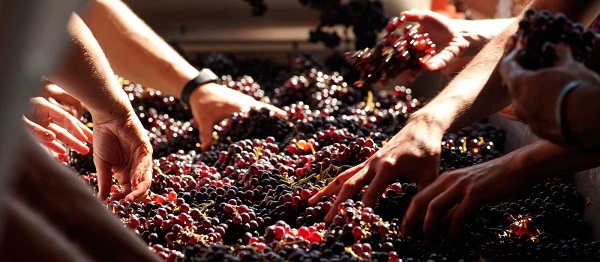Different techniques and recipes; different types and wine flavours – this is what winemaking is all about. For some simply a hobby, for others a true vocation, winemaking is enjoyable, educational and challenging.
Although to novices all grape vines look the same, there is a significant difference between each grape variety. This is the reason why today, there are so many different wine choices, from breed red wine to brilliant, sparkling white wine, all coming from various regions, various cultures and with various flavours. In fact, the 21st century wine market is chock-full of magnificent, superior quality wines that seem to be the perfect companions to all important celebration moments.
But we, the consumers, are the last link in the winemaking chain. Have you ever wondered about the history that lays behind your favorite bottle of wine; the winemaking steps that enable your favourite wine reaching the end destination – your ‘big bowl and long stem’ glass? If you are interested, keep reading as we will introduce you to the winemaking.

- Harvest Time – Once ready, grapes can be harvested mechanically or by hand. The time of harvest depends on the preferable taste and flavour of wine. To make wines with lower alcohol levels, higher acidity and “greener tannin”, grapes are picked in the early harvest season. On the other hand, for making strong wines with high alcohol levels, less acidity and sweeter tannin, harvesting is done later in the season. Unfortunately, some winemakers add water to reduce the alcohol density, which definitely is not good, especially when it comes to ensuring top quality, colour and taste of the wine.
- Fermentation – After the harvest, grapes are getting prepped for fermentation. This is the crucial step in winemaking procedure as it determines the flavour and exact colour of the wine. There are two types of fermentation – hot and cold (cool) fermentation. Normally, for producing a bold red wine, harvested grapes have to be fermented on high temperatures that can reach up to 37 °C. Hot fermentation gives wine a dark colour and enhanced tone of tannin. When it comes to white and rosé wines, cold fermentation is performed (cooler temperatures, around 6 – 10 °C), which gives these wine types that known clear, luscious aroma.
- Filtration – This is the stage where wine is being purified and crystallized. What does it mean? Firstly, large particles that affect the visual appearance of the wine are removed. Afterward, organisms that are hazardous for the stability of the wine are removed, which is extremely important for eliminating the risk of re-fermentation and spoilage.
- Storing Wine in Bottles – Bottling and sealing is the last stage. For this purpose, winemakers choose to seal bottles either with corks, or screwcaps. It is considered that corks are not the best sealing solution, as they allow the oxygen to enter the bottle of wine. As winemakers would put it, oxygen is wine’s worse enemy.
























